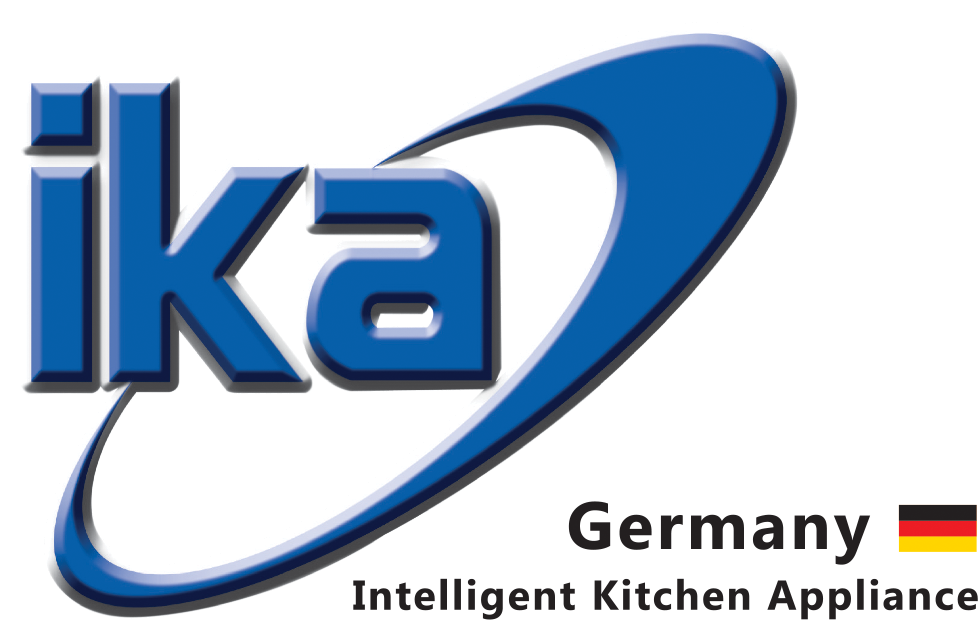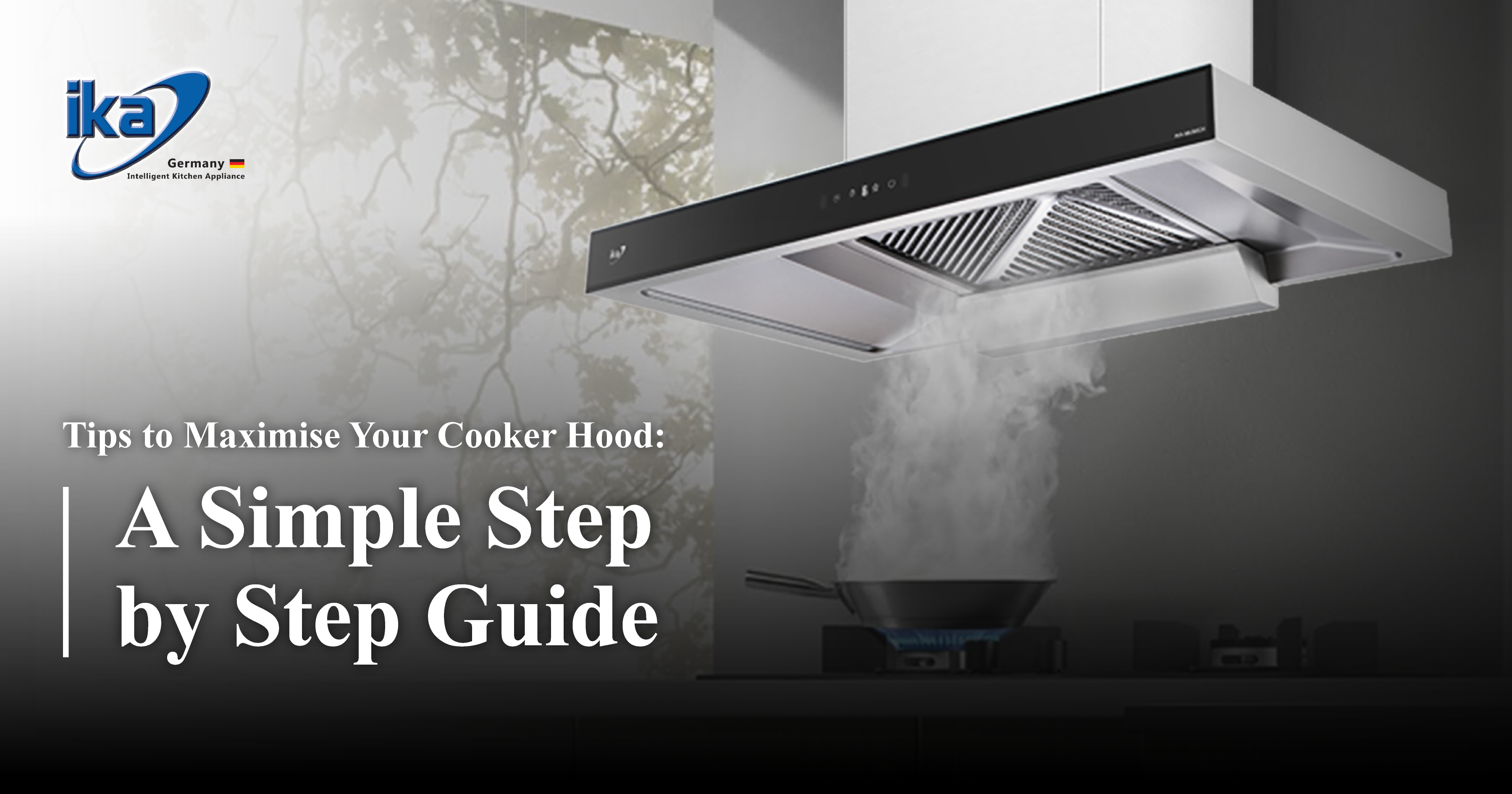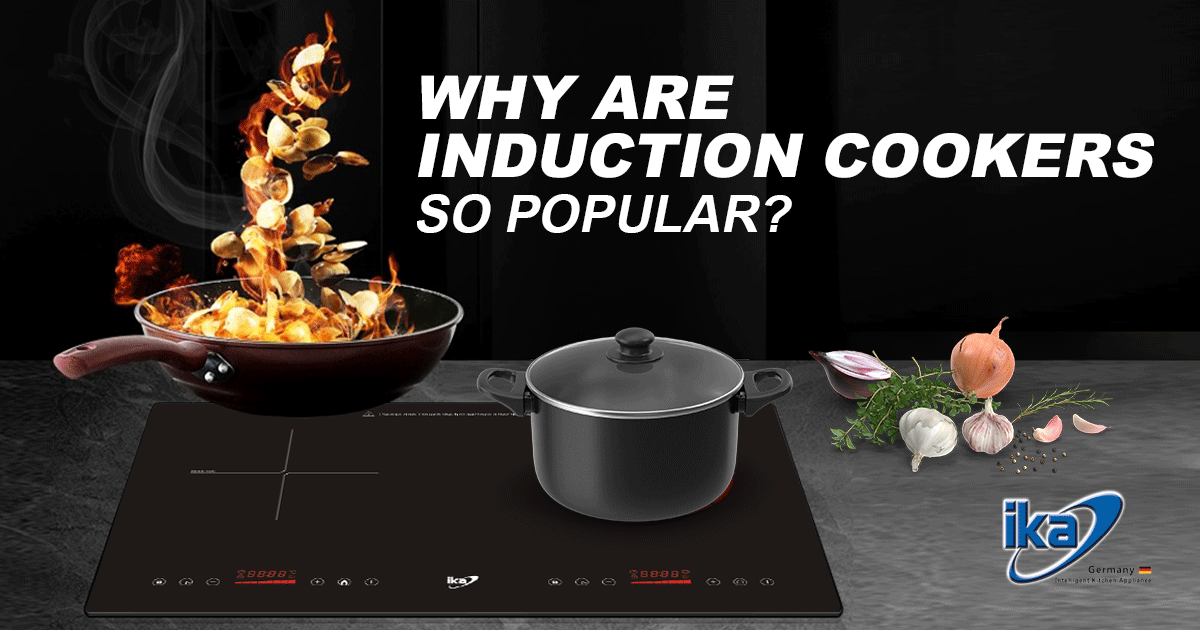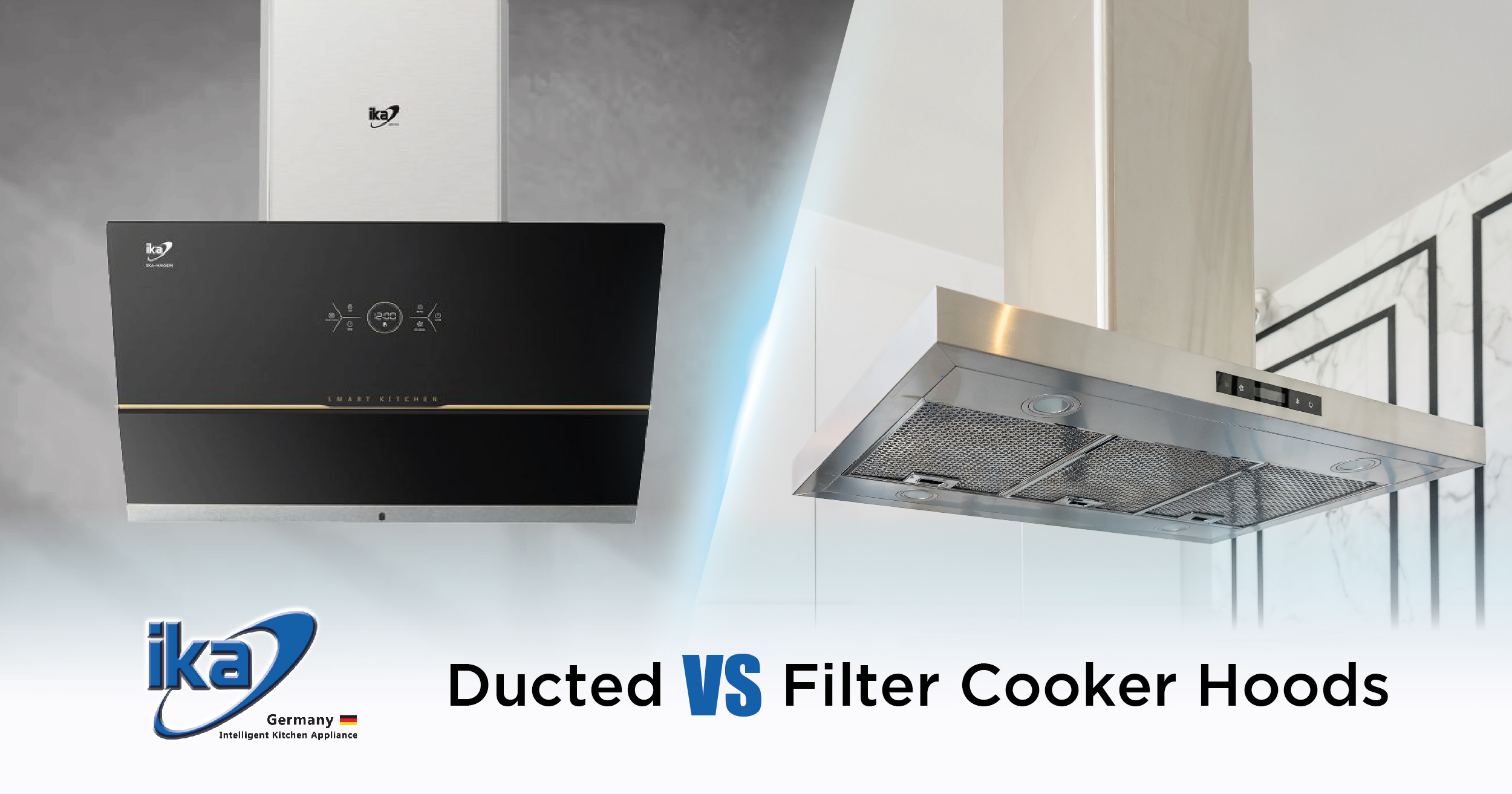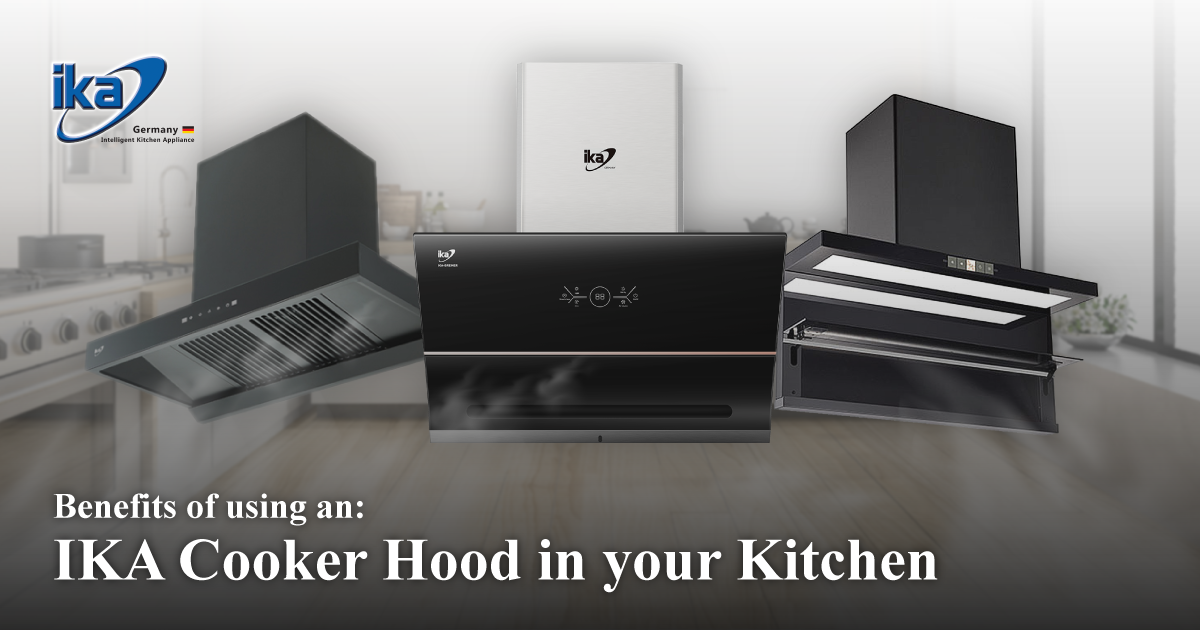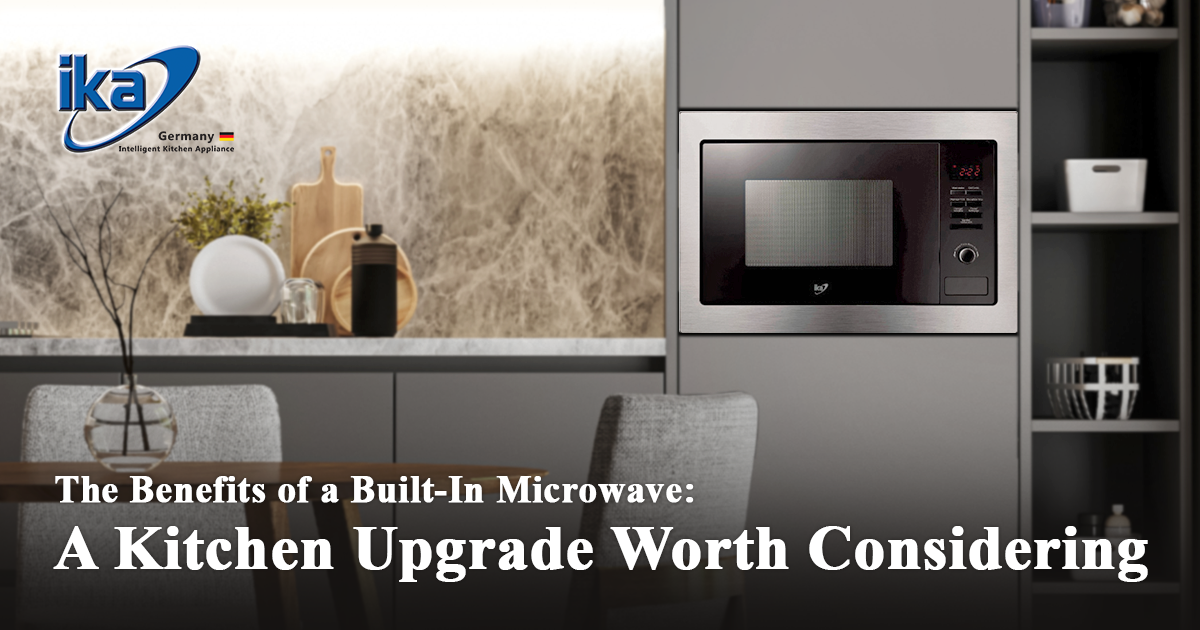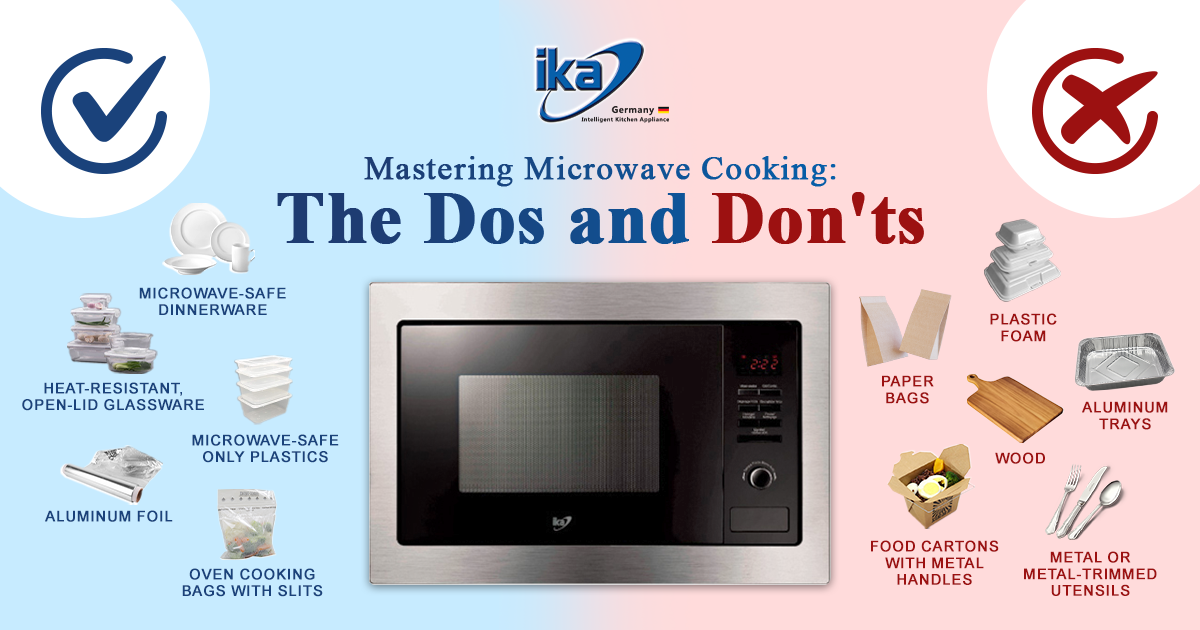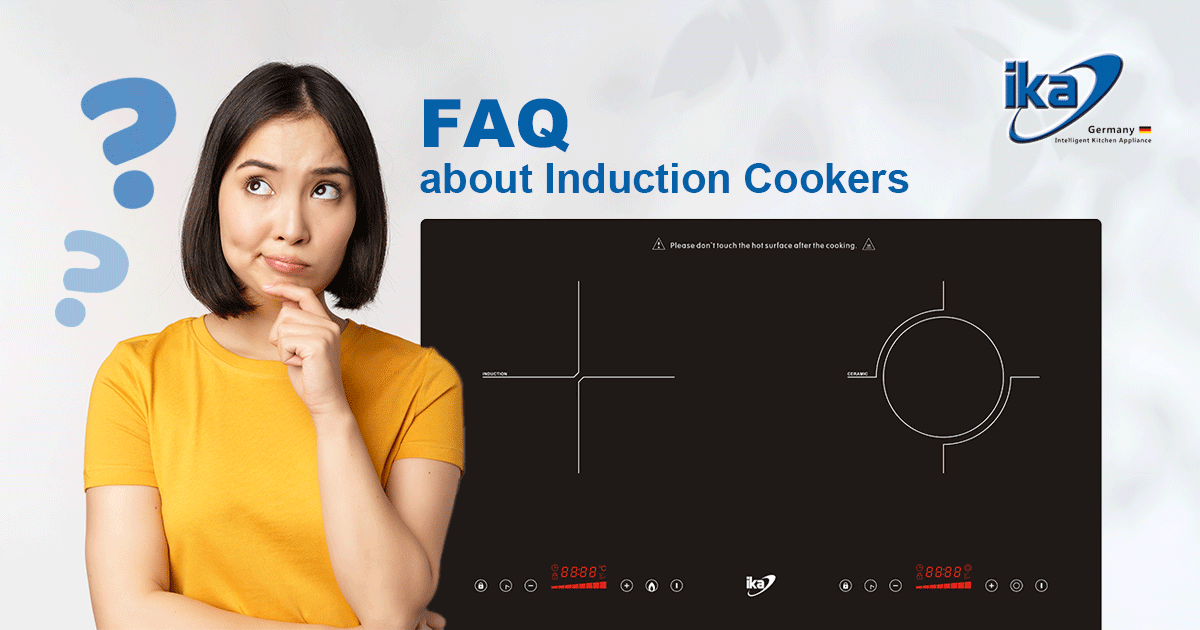Tips to Maximise your Cooker Hood
Using a kitchen chimney might seem like a daunting task, but fear not! With the right approach, it’s a breeze. Whether you’ve already got a chimney or are considering buying one, mastering the correct method is essential for safe and efficient operation. So, let’s dive into the step-by-step process and make your kitchen experience even better!
Step 1: Keep the Windows Closed
Before you fire up your cooker hood, ensure that all the kitchen windows are closed. Why? Well, cooker hood work best when there’s no abrupt external airflow interfering with the smoke-sucking process. By closing the windows, you create an optimal environment for the cooker hood to do its job effectively, preventing nasty layers of grease on your kitchen walls.
Step 2: Switch on your Cooker Hood
Now that your kitchen is ready, it’s time to turn on the cooker hood. First, switch it on from the main power supply. Next, activate it using the control panel located on the front side. Take a moment to check for any abnormal noises or vibrations to ensure everything is in working order.
Step 3: Set the Right Suction Power
One size doesn’t fit all when it comes to smoke generation. Depending on what you’re cooking, you’ll need different suction capacities. For instance, frying or grilling will require more suction power compared to boiling or making curry. Thankfully, most cooker hoods come with adjustable speeds, typically offering low, medium, and high settings. You can easily control these options from the operating panel.
Step 4: Customize Your Control Options
Cooker hoods usually come with three types of control systems: push-button, touch panel, and gesture control panel. While push buttons are a more traditional choice, touch and gesture controls are more modern and user-friendly. Apart from speed settings, you can also turn on the LED lights to brighten up your cooking space.
Step 5: Utilize the Timer Feature
Some of the latest cooker hood models come equipped with a handy timer feature. If your cooker hood has this option, you’re in for a treat! Simply use the plus and minus sign indicators on the control panel to set the desired cooking time. This feature ensures you don’t have to worry about overcooking or undercooking your dishes.
Step 6: Turn Off After Cooking
Congratulations, you’ve completed your cooking! Now, remember to leave the cooker hood on for about five minutes. This allows it to clear any remaining smoke from your kitchen. Afterward, switch off the cooker hood using the control panel and turn off the main power supply. Voilà! Your kitchen air is clean and fresh.
In conclusion, using your cooker hood doesn’t have to be a complicated task. By following this simple step-by-step guide, you can make the most of your cooker hood’s capabilities. Keep in mind that some steps may vary depending on the model, brand, and type of cooker hood you have. With the right approach, your cooker hood will be your trusty ally in creating a pleasant cooking environment and keeping your kitchen walls free from grease and grime. Happy cooking!
